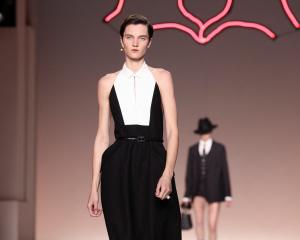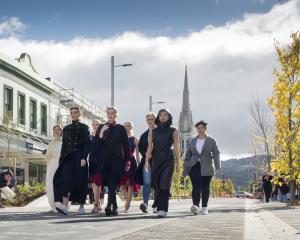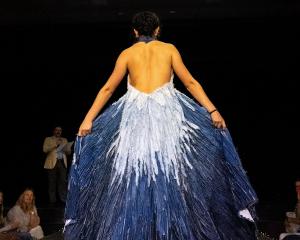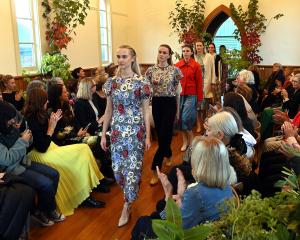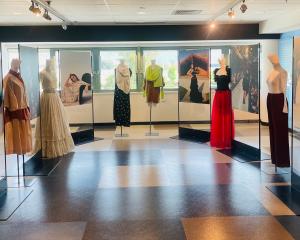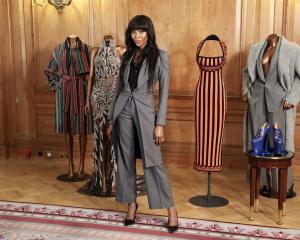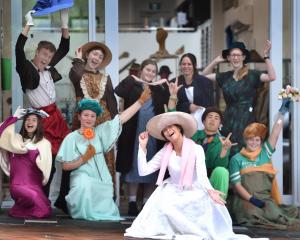Calder is far less known for the approximately 1,800 one-of-a-kind pieces of handmade jewellery he created throughout his artistic career.
About 100 of those rarely seen necklaces, bracelets, brooches, earrings and tiaras are on display at the exhibit "Calder Jewelry" in the Philadelphia Museum of Art's new Perelman Building. Most are owned by the Calder Foundation and the rest are from museums and private owners.
"He was working with wire all his life," said Elisabeth Agro, the show's curator. "He first started making jewellery for his sister's dolls."
The exhibition - the first dedicated solely to Calder's jewellery - runs till November 2 in Philadelphia. It then travels to The Metropolitan Museum of Art in New York and the Irish Museum of Modern Art in Dublin.
Each piece of Calder's jewellery typically begins with brass or silver wire that is hammered and twisted into shapes, joined in cascading dangles and sometimes adorned with glass or broken bits of porcelain.
"He didn't search for expensive materials," Agro said. "He knew from the Depression: You use what's at hand. It's not so much about recycling, it's about repurposing."
The innovative design of the jewellery can be reminiscent of Calder's kinetic sculpture, while other pieces reflect African, pre-Columbian and surrealist motifs. A combination of hammered metal and biomorphic shapes, the pieces can look simultaneously primitive and modern.
Many of the pieces were made to move as the wearer moves. Like his mobiles, many have a feeling of delicacy despite their size and boldness.
The most spectacular pieces cover the torso or span the shoulders - and are accentuated with moving parts that jut out from the body.
"You become part of the piece. You activate it," Agro said.
Instead of the person wearing the art, it's the other way around.
"They're the mobiles, and you're the stabile," she said, referring to the term coined by another artist, Jean Arp, to describe Calder's stationary sculptures.
Calder, who died in 1976 at age 78, made much of his jewellery as gifts for family - his wife in particular - and friends. He also counted art-world icons such as Peggy Guggenheim and Georgia O'Keeffe among his devotees, as well as the wives of artists Joan Miro, Marcel Duchamp, Luis Bunuel and Marc Chagall.
"Making jewellery was very personal for him, and each piece exists as a unique work," said Alexander S.C. Rower, Calder's grandson and head of the New York-based Calder Foundation.
The artist did sell his jewellery, however, in art galleries and at private trunk shows. For the latter, he would send an artfully adorned box of baubles to a patron who would invite her friends over for what was akin to an artsy Tupperware party.
"The prices were around $10 or $20, so they were affordable," Agro said. "But it's not your everyday average woman who'd have these parties. They were women who were tapped into bohemia."
One piece - a brooch fashioned after a fist-shaped Brazilian "figa" charm - was given to the museum by its beloved chief executive Anne d'Harnoncourt, whose sudden death last month left the local art scene reeling.
"She was pleased it was going to be part of (the exhibit)," Agro said, "so this is special for us."

